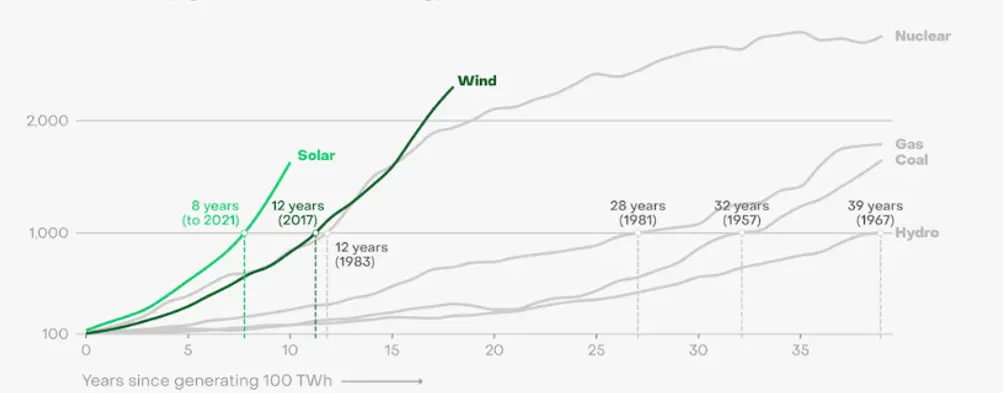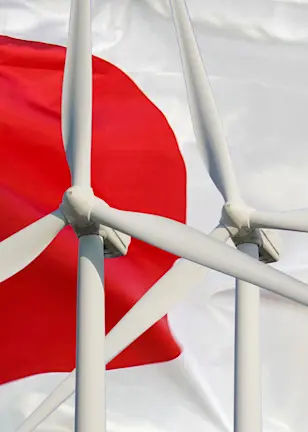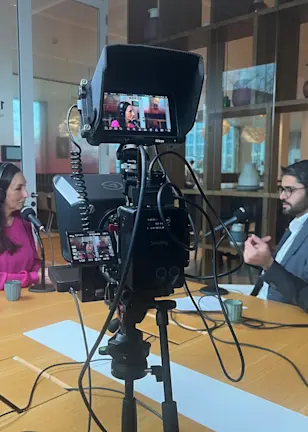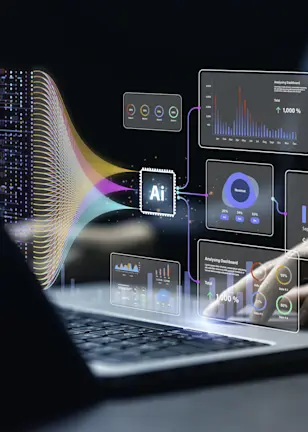Disclaimer Robeco Switzerland Ltd.
The information contained on these pages is solely for marketing purposes.
Access to the funds is restricted to (i) Qualified Investors within the meaning of art. 10 para. 3 et sequ. of the Swiss Federal Act on Collective Investment Schemes (“CISA”), (ii) Institutional Investors within the meaning of art. 4 para. 3 and 4 of the Financial Services Act (“FinSA”) domiciled Switzerland and (iii) Professional Clients in accordance with Annex II of the Markets in Financial Instruments Directive II (“MiFID II”) domiciled in the European Union und European Economic Area with a license to distribute / promote financial instruments in such capacity or herewith requesting respective information on products and services in their capacity as Professional Clients.
The Funds are domiciled in Luxembourg and The Netherlands. ACOLIN Fund Services AG, postal address: Leutschenbachstrasse 50, CH-8050 Zürich, acts as the Swiss representative of the Fund(s). UBS Switzerland AG, Bahnhofstrasse 45, 8001 Zurich, postal address: Europastrasse 2, P.O. Box, CH-8152 Opfikon, acts as the Swiss paying agent.
The prospectus, the Key Investor Information Documents (KIIDs), the articles of association, the annual and semi-annual reports of the Fund(s) may be obtained, on simple request and free of charge, at the office of the Swiss representative ACOLIN Fund Services AG. The prospectuses are also available via the website https://www.robeco.com/ch.
Some funds about which information is shown on these pages may fall outside the scope of CISA and therefore do not (need to) have a license from or registration with the Swiss Financial Market Supervisory Authority (FINMA).
Some funds about which information is shown on this website may not be available in your domicile country. Please check the registration status in your respective domicile country. To view the Robeco Switzerland Ltd. products that are registered/available in your country, please go to the respective Fund Selector, which can be found on this website and select your country of domicile.
Neither information nor any opinion expressed on this website constitutes a solicitation, an offer or a recommendation to buy, sell or dispose of any investment, to engage in any other transaction or to provide any investment advice or service. An investment in a Robeco Switzerland Ltd. product should only be made after reading the related legal documents such as prospectuses, annual and semi-annual reports.
By clicking “I agree” you confirm that you/the company you represent falls under one of the above-mentioned categories of addressees and that you have read, understood and accept the terms of use for this website.
Sustainable Investing
Sustainable technology
Sustainable technology is the application of industrial and digital solutions to enhance environmental, social, and governance (ESG) goals. It spans diverse fields, including solar panel construction, artificial intelligence in healthcare, fintech digitalization, and recycling initiatives.
The first sustainable technology was arguably the construction of dams in ancient times to retain water in areas where it was scarce. The oldest known is the Jawa Dam in what is now modern Jordan that was built in the 4th millennium BC to irrigate dry land and make it suitable for farming.1
The most modern use of sustainable technology could be said to be the use of artificial intelligence to detect cancers or other human ailments that cannot be found using standard data or scanning, along with satellites than can detect deforestation from space.
Wind and solar have scaled up faster than any other sources of electricity in history - Global electricity generation, by technology (TWh)

Source: Wind and solar generation data from Ember annual electricity data, nuclear, gas, coal and hydro generation data from Pinto et al. (2023).
This graphic is based on a chart by Nat Bullard https://www.nathanielbullard.com/presentations
Global electricity generation technology expansion by technology (TWh), showing the time it has taken for key technologies to grow from 100 TWh to 1,000 TWh. Source: Ember.
Addressing climate change through sustainable technology
Due to the urgency in needing to tackle advancing climate change, much of the focus on sustainable technology has been on its environmental and biodiversity applications. These include:
Solar and wind power, using photovoltaic panels and wind turbines the size of skyscrapers. Percentage of renewable energy globally. Wind and solar have expanded from 0.2% of the global electricity mix in 2000 to 13.4% in 2023, according to Ember.2
Green hydrogen, in which hydrogen is created through electrolysis using energy from renewable sources (otherwise there is no net gain) and is seen as an alternative fuel for heavy transport. The global green hydrogen market was valued at USD 7.7 billion in 2023 and is anticipated to grow by more than 40% a year from 2024 to 2032.3
Carbon capture and storage, through technology that grabs emissions from industrial processes before they can enter the atmosphere. It remains in its infancy, currently capturing only about 0.1% of global emissions a year.4
Spy-in-the-sky satellites, such as the European Space Agency’s Sentinel-1 satellite, launched in 2014 as part of the Copernicus scientific program, in orbit around the Earth which can spot deforestation in palm oil plantations and also spot oil spills.
Biotechnology and enzymes to improve the diets of farm animals such as cows and other livestock which generate so much methane from passing gas that they account for an estimated 11% of global emissions. 5
AI has applications in healthcare, education and science, including using machine learning for climate change mapping. The digitalization trend is particularly prominent in financial technology which is transforming payment systems and ecommerce. Touch payments such as putting bank cards on phones received a boost during Covid as it removed the need to hand cash. It does have a flipside, however, in that the data centers needed to process fintech are big users of energy.
Open your portfolio to the power of themes
For over 25 years, Robeco has been a pioneering leader in constructing thematic strategies.
Reducing resource use
The circular economy theme has been growing as the world gradually moves away from the take-make-waste model of extracting resources to produce goods that are then mostly discarded. The circular model focuses on technology that can aid recycling, extend product life and reduce wasteful packaging. New technologies include developing biodegradable plastics and longer-life batteries.
Sustainable technology for social use includes innovations such as ride-sharing platforms which encourage people to share taxis and embrace carpooling rather than make separate trips. Knowledge-sharing platforms can also assist in making workplaces more inclusive, or in cybersecurity that makes online transactions safer and cuts crime.
Applications in governance include technologies that strengthen business conduct and improve shareholder relations. The use of hybrid and virtual voting systems during Covid, when in-person gatherings were briefly banned due to social distancing, was an innovation that was kept after the pandemic was over.
Footnotes
1https://www.britannica.com/technology/dam-engineering
2https://www.carbonbrief.org/wind-and-solar-are-fastest-growing-electricity-sources-in-history/
3https://www.gminsights.com/industry-analysis/green-hydrogen-market
4https://www.statista.com/topics/4101/carbon-capture-and-storage/
5https://www.c2es.org/content/international-emissions/
















